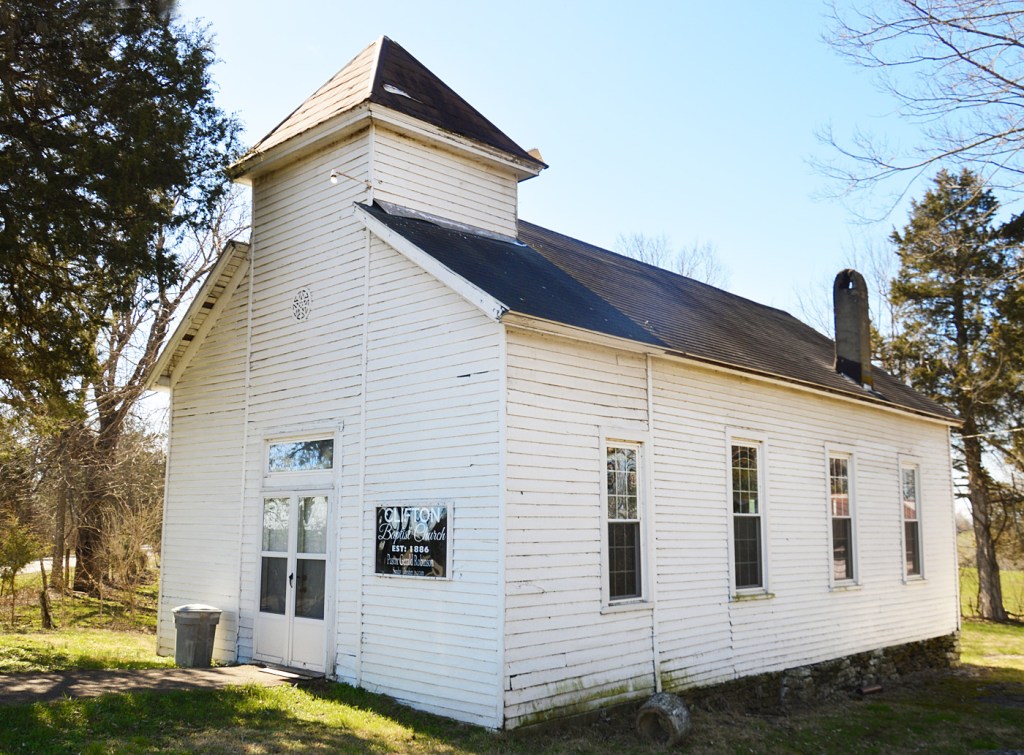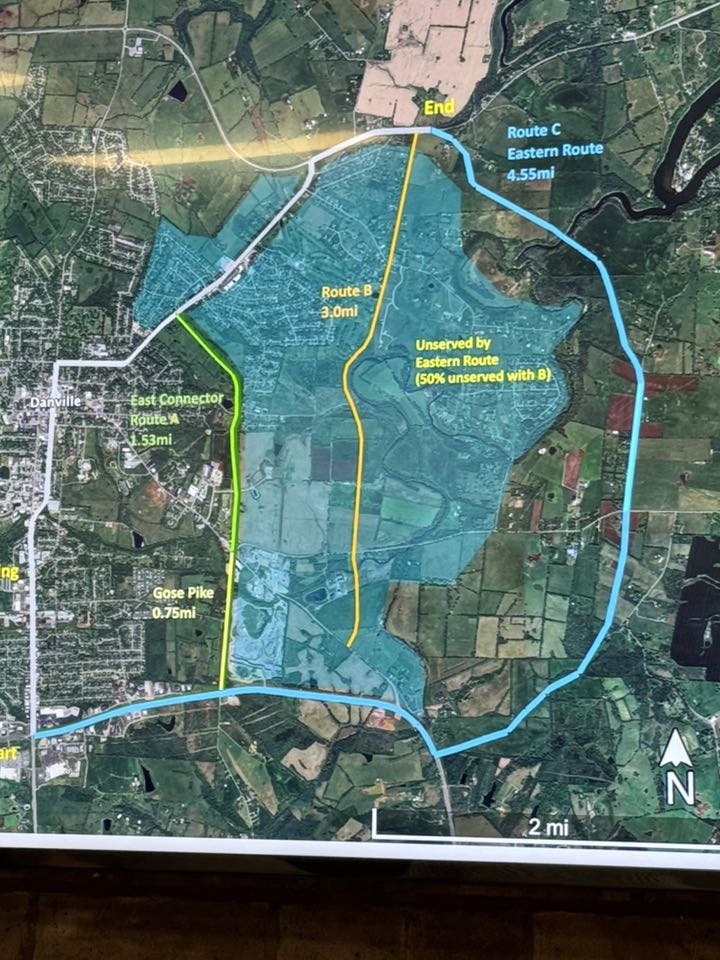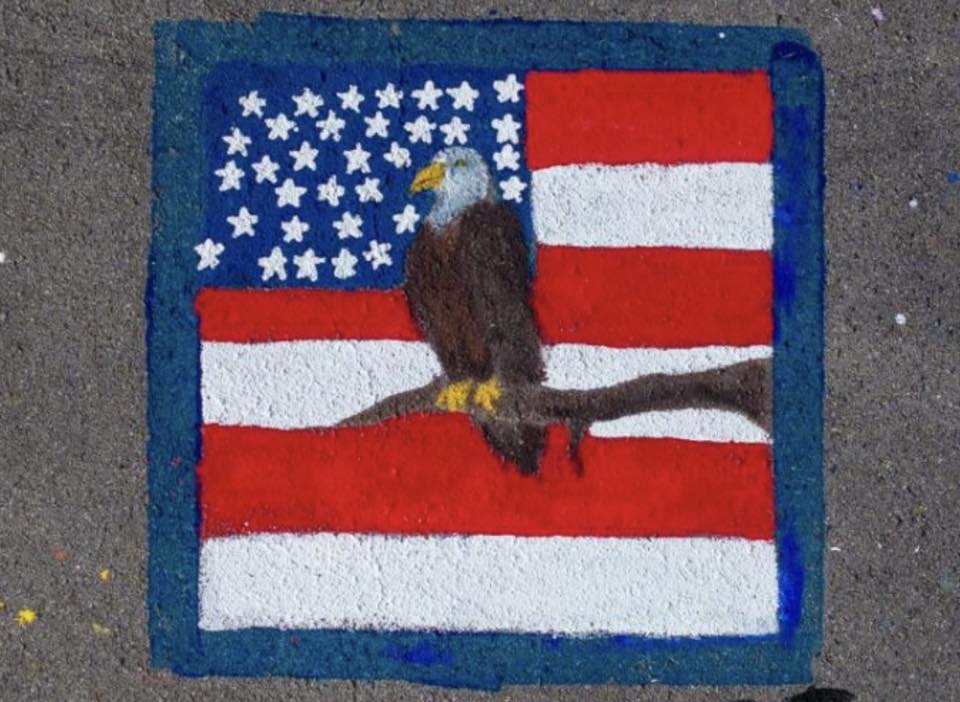Forgotten Landmarks Driving Tour gives glimpse of African American history in Boyle County
Published 8:23 am Thursday, March 1, 2018

- Photo by Robin Hart/robin.hart@amnews.com Clifton Baptist Church is located on Clifton Road. The Clifton area was home to many African-American families who did most of their shopping at nearby Hedgeville. Clifton was established after the Civil War and was named for the cliffs along the nearby Dix River. The church was established in 1886. The church, along with the remnants of the Clifton Colored School and Clifton Cemetery are on the National Register of Historic Places.
STAFF REPORT
advocate@amnews.com
The Heart of Danville has announced the release of its “Forgotten Landmarks” brochure – a driving tour of African American sites in Boyle County.
Trending
The county is home to a rich African American history that expands beyond the Second Street Business District. The driving tour is a collaborative effort between the Heart of Danville, Centre College and the Danville-Boyle County African American Historical Society to share the history of the African American communities and landmarks in Boyle County.

The Forgotten Landmarks brochure featuring African-American sites in Boyle County can be picked up at Grayson’s Tavern at Constitution Square or can be downloaded at: downtowndanville.com/tours

Photo by Robin Hart/robin.hart@amnews.com
According to the Forgotten Landmarks driving tour brochure, the home of Prof. John William Bate is located at 509 Russell St. and was built in 1870. Bate (1854-1945) was the son slave-owner John Bate, and Nancy Dickerson, a slave. Bate took his first teaching job in one of Danville’s one-room African-American schools. He transformed the school into an accredited standard high school where he was principal and teacher for 59 years. Bate lived in this house from 1899 until his death in 1945.
At a recent HOD meeting, board member Beth Morgan, who also worked on the project said, “Centre students did a really fabulous job. It’s a beautiful brochure.”
She said once the research was complete, they realized there was too much information to be contained in a standard-size brochure. So project leaders decided the brochure would feature information and photos of a few selected sites and a simple map showing all of the listed sites and where to find them.
Detailed driving instructions and more information about every site can be viewed and downloaded from the HOD website at www.downtowndanville.com/tours
“Many people know Danville and Boyle County for our history – Ephraim McDowell, Perryville Battlefield, the lists of Firsts,” said Nick Wade, director of the Heart of Danville. “However, many people are not familiar with how deep our African American history goes.”

Photo by Robin Hart/robin.hart@amnews.com
The grave marker of Q.M. Sgt. Henry Shaw stands amidst overgrown weeds and brush in the Meadow Lane Cemetery, located at the end of Kilby Lane off McCowan Street in Danville. This is the earliest known documented African-American cemetery in Boyle County, with burials dating from 1869 to 1953. The cemetery has fallen in disrepair.
A search of African-American military records show that Henry Shaw was a member of the 12th Regiment of the United States Colored Heavy Artillery He was mustered on July 22, 1864 at Camp Nelson. The Regiment was mustered out of Federal service on April, 4, 1866. Other military grave markers are also at the cemetery but are difficult to see through the thick brush.
“All locations are places we think visitors and community members should visit,” Wade said. “I think it’s important for community members and visitors to learn about the history right in front of them, that they may not realize is there.”
Fifty-five locations were selected for the brochure — everything from entire communities, known as “freetowns,” to churches and cemeteries, as well as private residences of historic significance.
The entire driving tour takes about four to four and a half hours to complete, Morgan said.
“Boyle County has a great story to tell, beyond what everyone knows,” Wade said. “The driving tour gives people the opportunity to explore that history.”
SO YOU KNOW
Explorers can plan their journey at Grayson’s Tavern, located at Constitution Square, where brochures are available. The brochure highlights 19 of the 55 locations. For complete driving tour directions and information on all 55 sites, explorers can visit downtowndanville.com/tours.

Photo by Robin Hart/robin.hart@amnews.com
Next to Clifton Baptist Church lies the remains of the Clifton Colored School, which was later the home of the Doram family, a prominent African-American family in the area.

Photo by Robin Hart/robin.hart@amnews.com
The grave marker for Eliza Southern is also at Meadow Lane Cemetery at the end of Kilby Lane. She was buried there in 1920.






